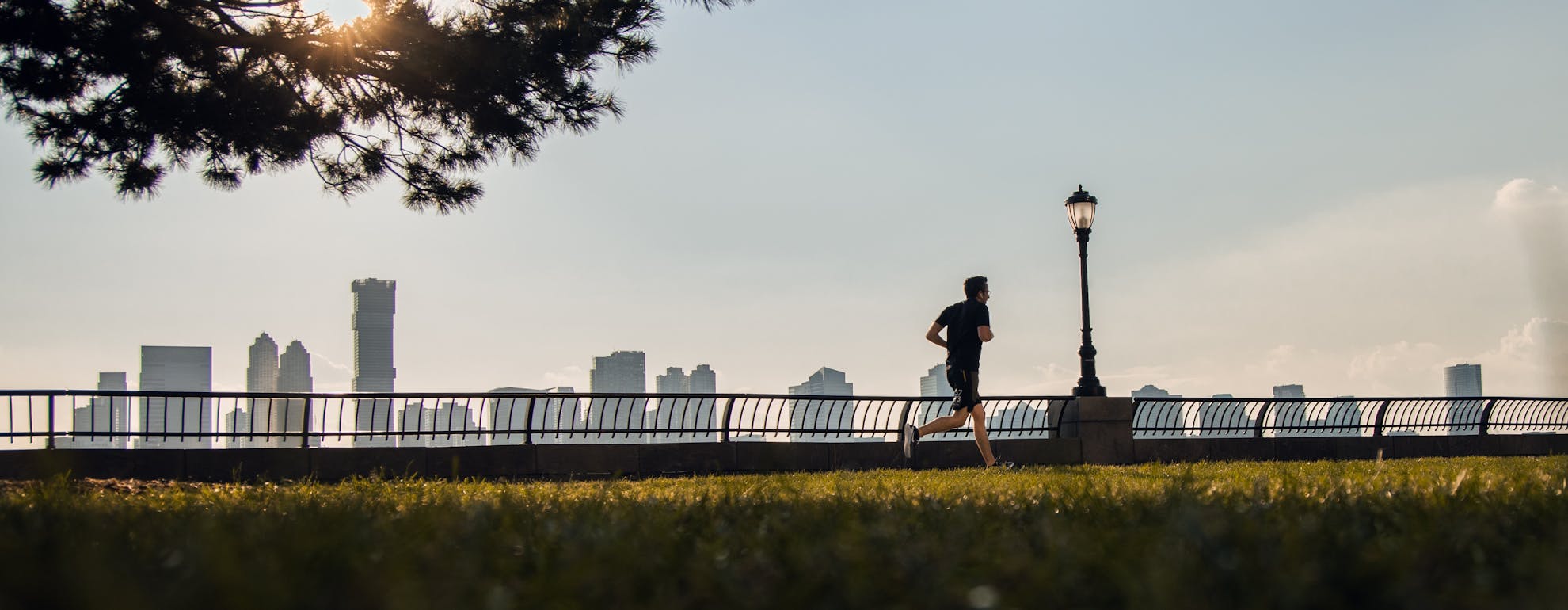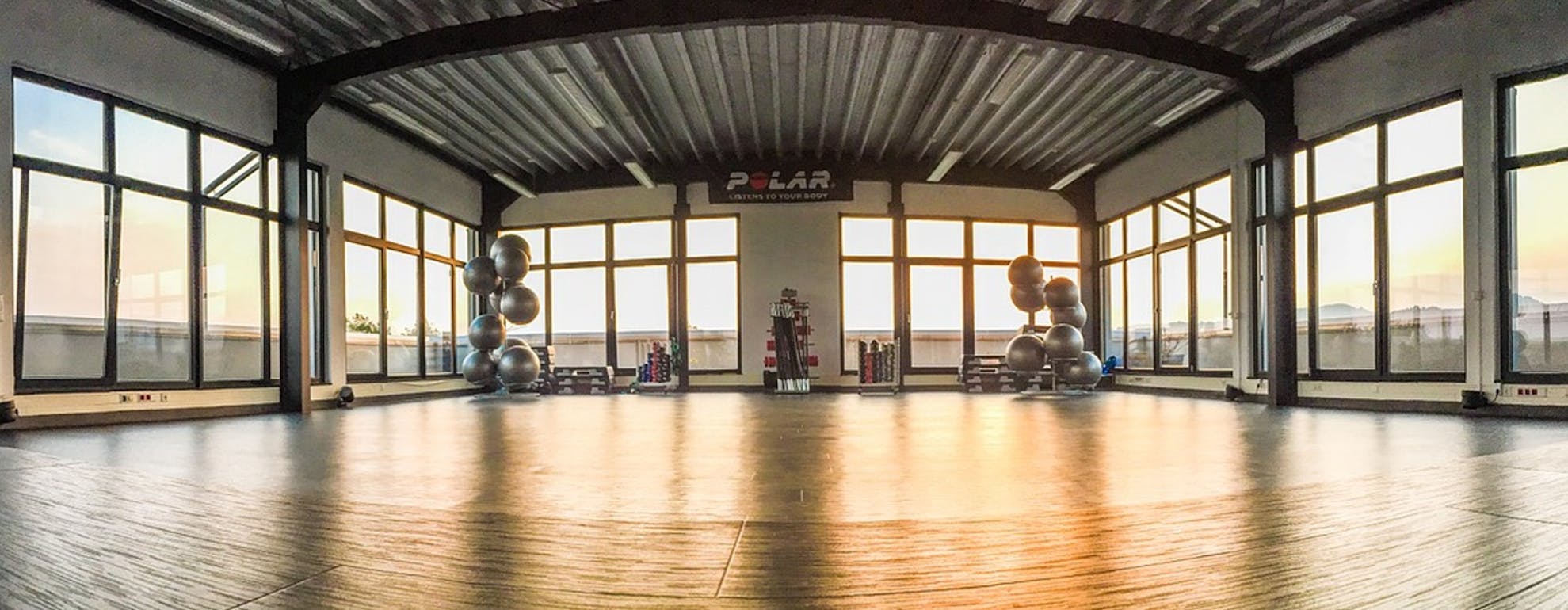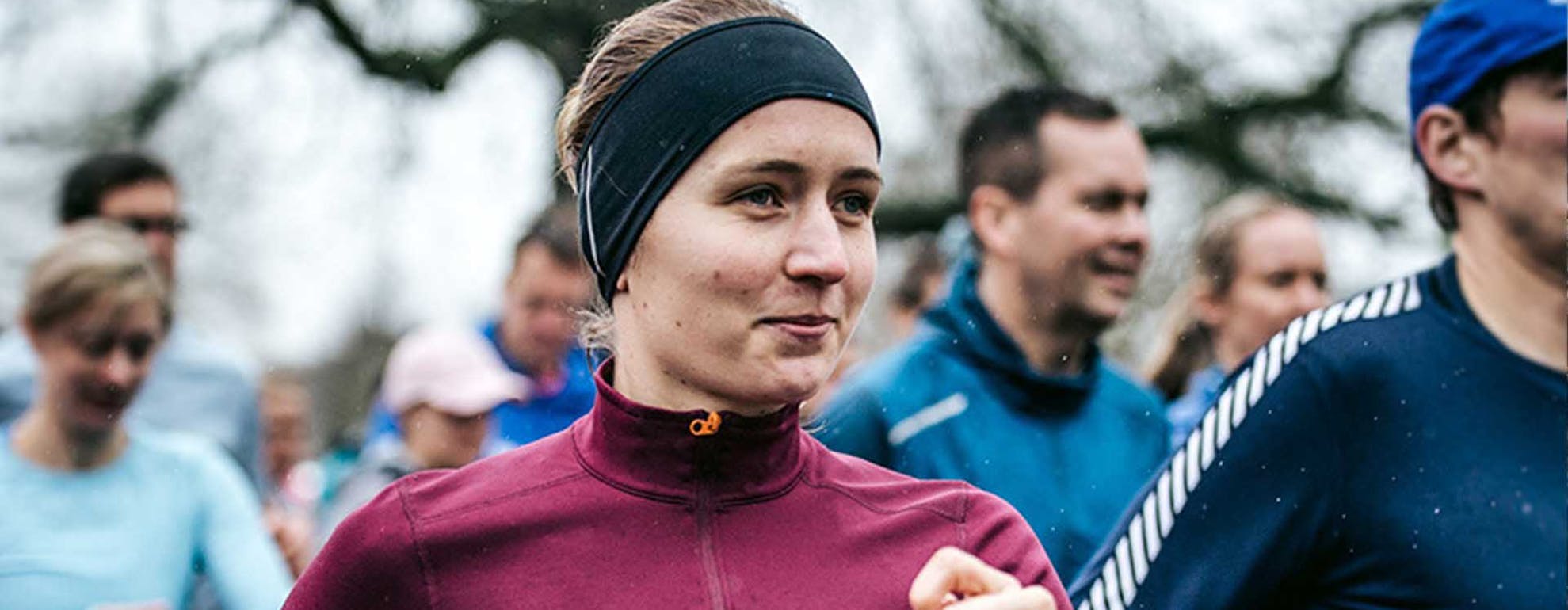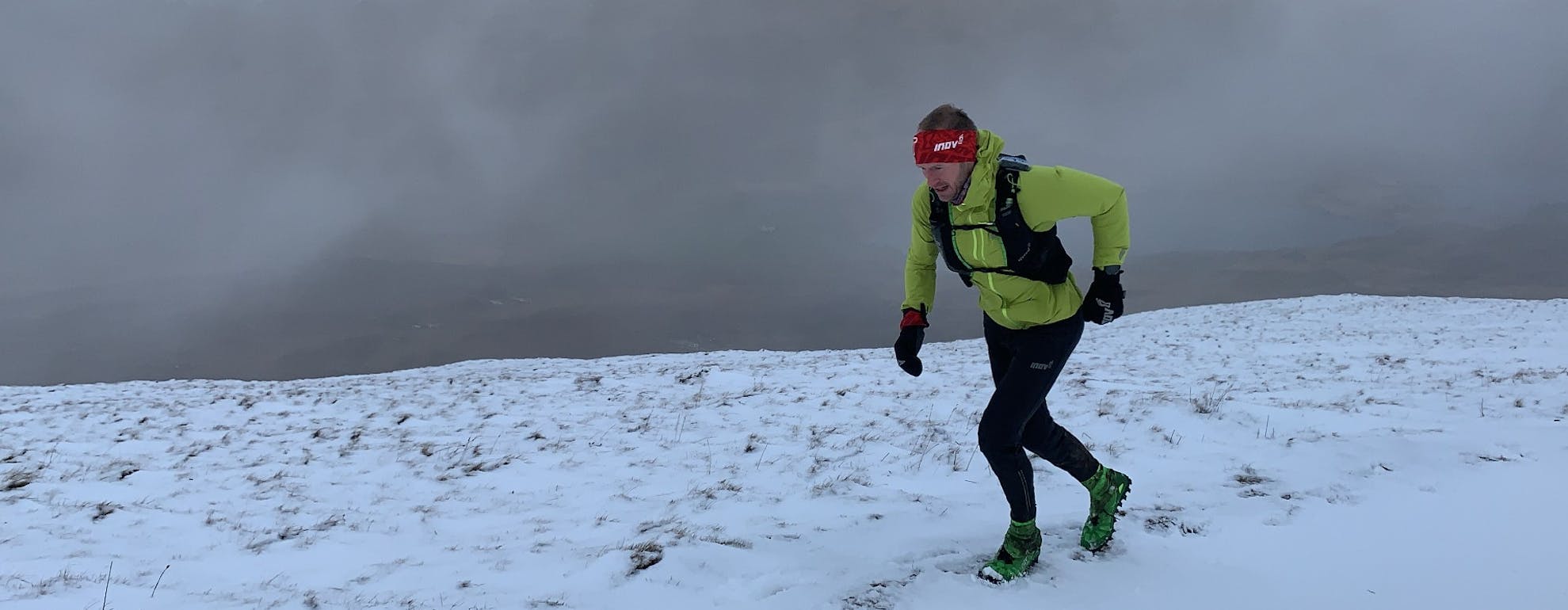
Ultra-Distance Trail Running Tips from the Pros: Part 1
In the first of a four-part series, our Sportsshoes Ambassador Ben Mounsey asks athletes Holly Page and Damian Hall for their best ultra-running tips.
ㅤ
MEET HOLLY PAGE
adidas Terrex athlete and Skyrunning World Series Champion 2018
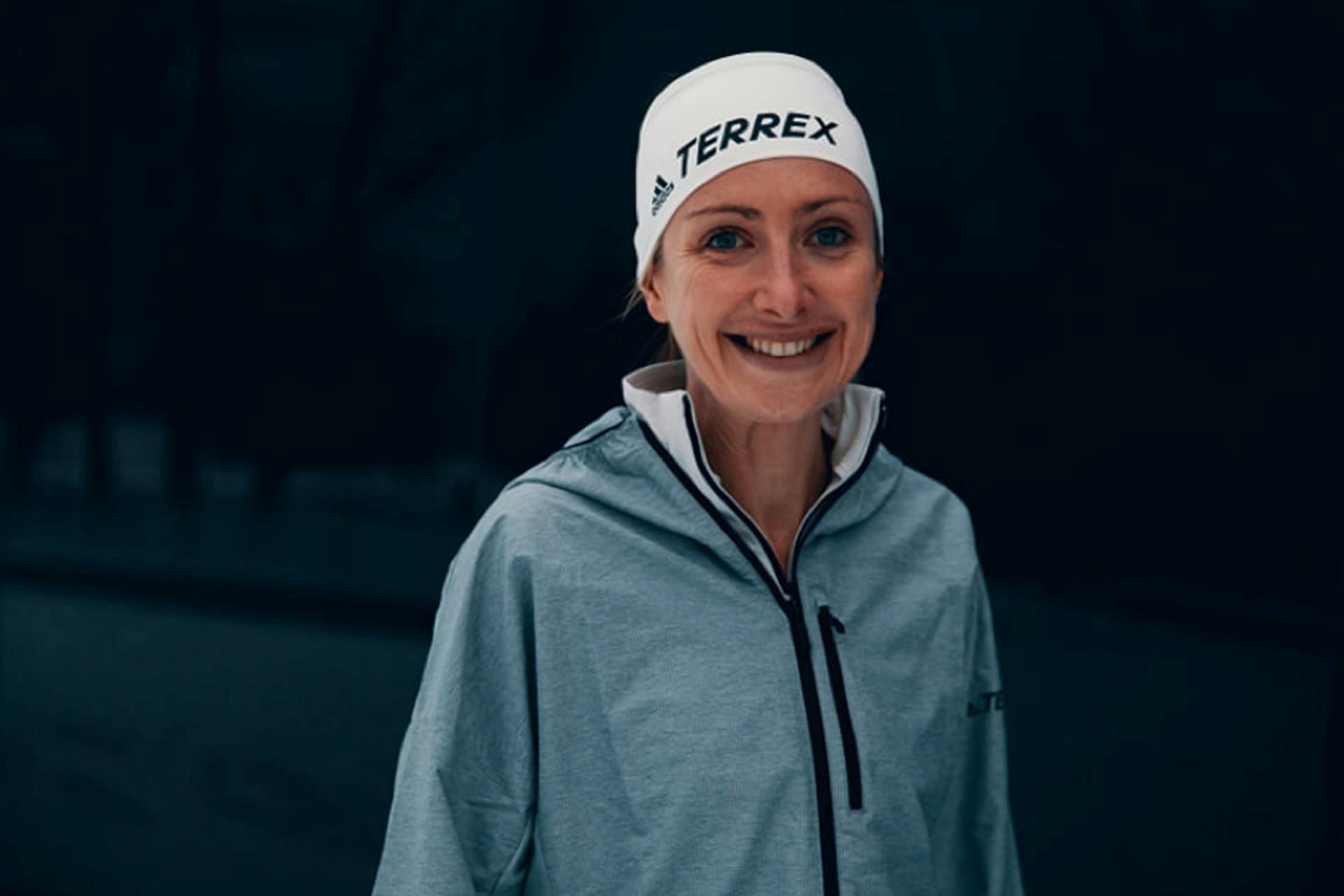
Photo credit: adidas.com
ㅤ
1. CARRY SPARE KIT
If you head out on a long run thinking, "I'm cold now but once I start running, I'll get warm", think how cold you'll get if you have to stop because you've sprained your ankle in the middle of nowhere. You never know when something might happen and having the right equipment to stay warm / dry etc. is really important. There is so much great lightweight kit out there now that there really is no excuse.
HOLLY RECOMMENDS:
For jacket’s either the; adidas Terrex Agravic 2.5L RAIN.RDY Women's Jacket or the adidas Terrex Agravic Pro 3L Rain Jacket
For shoes, I recommend the adidas Terrex Speed Ultra Trail Running Shoes as they're really cushioned and comfy - that's what I'm wearing all the time at the moment. They're also made out of recycled ocean plastics, which has to be a good thing too!
ㅤ
2. CARRY EMERGENCY FOOD (that you don't really like!)
Sometimes runs can take longer than you planned so it's good to always have something in your bag for a "just in case" moment. If you always have a bar / gel that you don't really like in there then you won't be tempted to eat it in a "non-emergency" situation too. Carrying extra food when running with others is also a great way to keep yourself popular - a bonking friend will be forever indebted to you for saving them with those "emergency jelly babies".
ㅤ
3. TAKE A MAP / COMPASS (and know how to use them!!)
Technology has come on leaps and bounds in terms of navigational aid, you can download the GPX of a route onto a watch or phone and follow this to recce a race route or go on a long training run. However, many people are placing too much reliance on following a blue line on a watch. That's great until the watch malfunctions and you find yourself stranded in the mountains with no idea where you really are or where to go next. You can go on a navigation course, or read up on the basics to gain skills and confidence and then go out and practice!
Follow Holly and all of her running adventures here
ㅤ
MEET DAMIAN HALL
inov-8 ultra-running athlete and 5th place UTMB® 2018
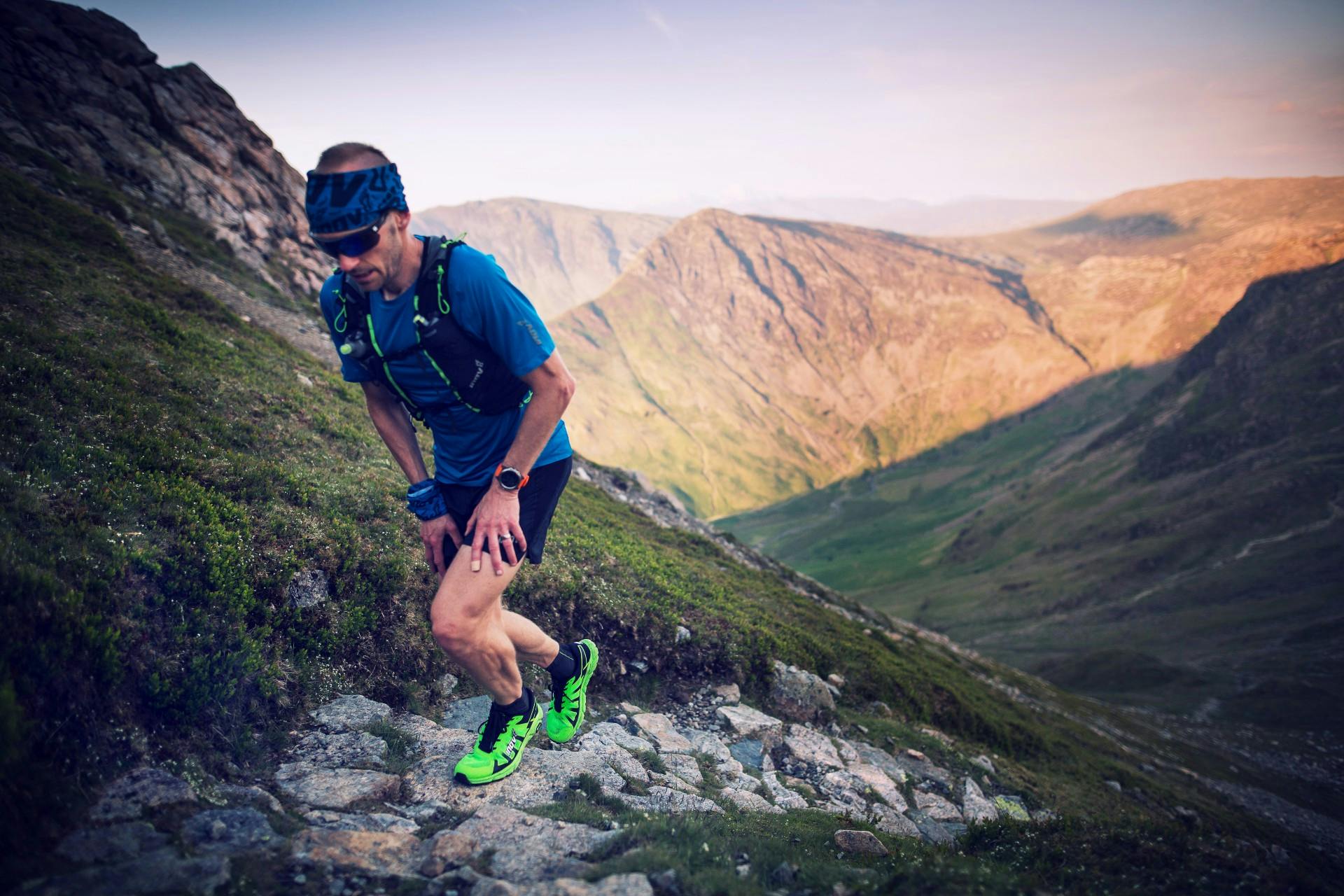
Photo credit: Dave MacFarlane/inov-8.com
ㅤ
KIT IS KEY!
1. TRAIL SHOES
The number one key piece of kit for ultra runner is shoes. You may be in them for a long time, so they need to be comfy. Yes, terrain is important (will it be rocky, muddy, wet, hard and fast trails, a mixture?), but above all that you want to treat your pinkies like they’re royalty – else they’ll rebel and give you blisters. Everyone’s feet are different, so don’t listen too much to what works for others. Instead, get a pair early and try them out on your long runs to see how well they suit you. That said, for UTMB®, the inov-8 TERRAULTRA G 270 have always been excellent for me. I want some cushioning for 100 miles, but not too much (I want to feel dexterous on technical bits) and both of these have a roomy toebox for when grumpy feet start to expand a little. No blisters. No complaints. And ace grip, to boot.
ㅤ
2. RACE PACK/VEST
Most ultras have a mandatory kit list so you’ll need a pack to carry that in, plus your sandwiches. The inov-8 Race Ultra Pro 2-in-1 Vest was brill for me at UTMB® in 2018 and numerous races and challenges since. Again, comfort is really important as you might be wearing it for 24 hours-plus. Key for me is the side pouches as I want to be able to access kit (gloves, sunglasses, waterproof) and my sandwiches on the move, without ever having to take the pack off. Plus, the water-carrying options are great, with different carrying options for soft flasks (or a bladder). And there are several options for pole attachments too. It’s a really versatile pack – not least the option to detach the main compartment when you only need minimal kit.
ㅤ
3. EMERGENCY WATERPROOF KIT
Most ultras (and indeed fell races) will have a waterproof as mandatory kit, even when often there’s very little chance it’ll get used. So lightest is best. inov-8’s Raceshell jackets meet all the strict race criteria for UTMB® and other races, and weigh a stunning 97g. Being transparent you can still read the race number through it, too – another race rule. I’ll also take the excellently named inov-8 Race Pants which are just 85g. I don’t know of a lighter combination of full body waterproof cover. If the forecast is for a monsoon however, I’ll plump for the inov-8 Stormshell. I wore this jacket for previous UTMB®'s and on a recent Winter Paddy Buckley Round. For just 175g you get excellent protection around the head, neck and wrists.
An inadequate headtorch beam could mean topographical befuddlement or, worse still, a trip or fall. The Petzl NAO+ boasts a whopping 750 lumens, but can be customised in an app to last all night (with fewer lumens). I've used this for several UTMB®'s, plus longer runs in the dark, such as the 230-mile Cape Wrath Ultra-Trail. Excellent, reliable bit of kit.
Follow Damian and all of his running adventures here
ㅤ
Thumbnail and parallax images: Dave MacFarlane/inov-8.com
ㅤ
Looking for some training tips and advice? Then head over to our Training category where our athletes and experts explain everything you need to know.
Welcome
Welcome to the SportsShoes Training Hub! We’ve teamed up with athletes and experts to bring you the very best advice on how to maximise your workouts and achieve your best results.
Read More
Share this
Featured Articles
View All
